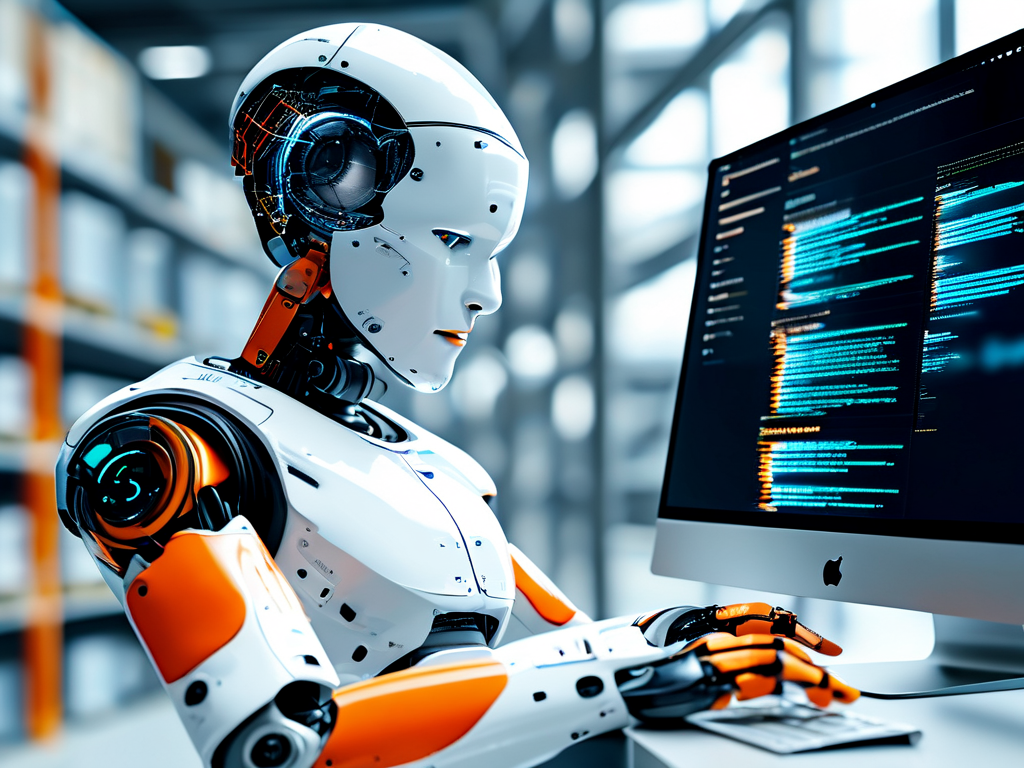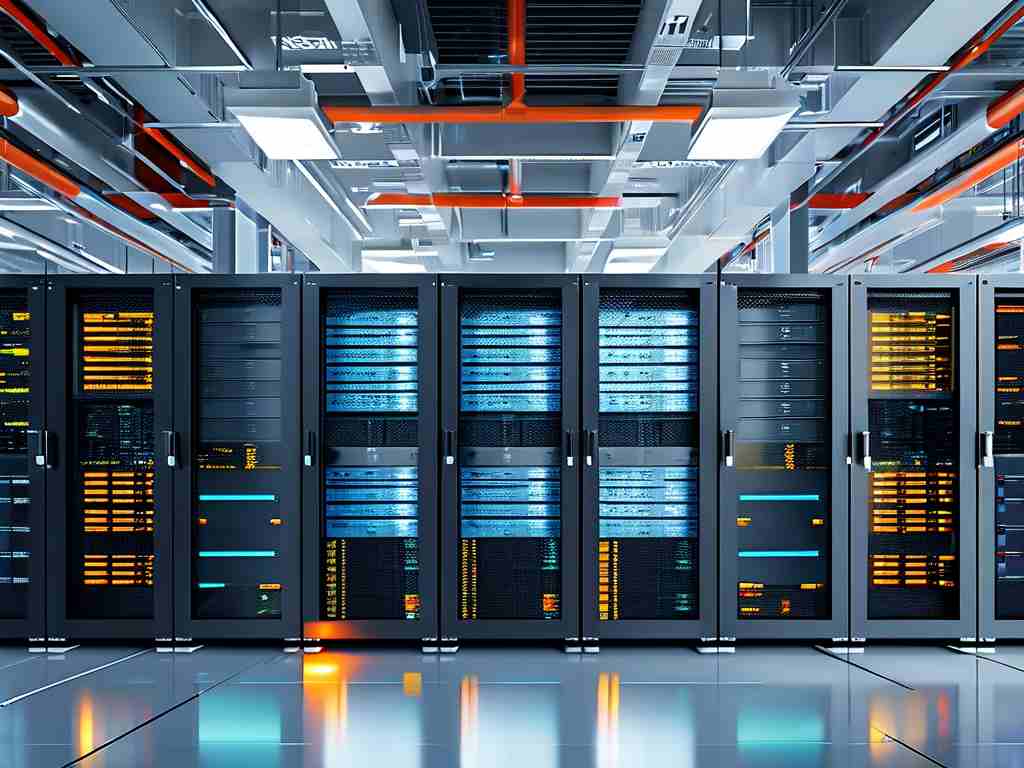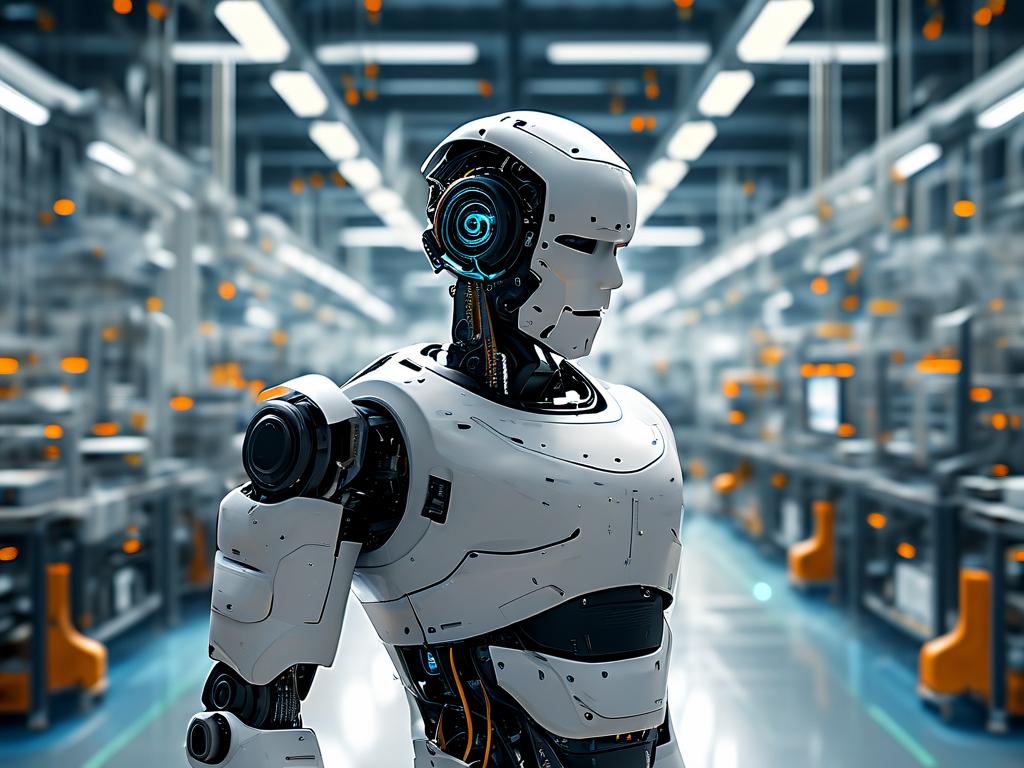The convergence of automated deployment and intelligent operations has become a cornerstone of modern software engineering. As organizations strive to deliver applications faster while maintaining system stability, the fusion of these two domains is redefining how teams approach the software lifecycle.

The Evolution of Automated Deployment
Automated deployment tools like Jenkins, GitLab CI/CD, and Kubernetes have transformed release management. By scripting infrastructure provisioning and application rollout processes, teams reduce human error and accelerate delivery cycles. A typical deployment pipeline now includes:
# Sample GitLab CI configuration
deploy_production:
stage: deploy
script:
- kubectl apply -f k8s/production-deployment.yaml
- helm upgrade my-app ./charts --namespace production
only:
- main
However, traditional automation alone cannot address unpredictable runtime scenarios. This limitation has driven the emergence of intelligent operational systems that leverage machine learning and real-time analytics.
Intelligent Operations: Beyond Reactive Monitoring
Modern AIOps platforms integrate historical data and predictive modeling to optimize system performance. Unlike conventional monitoring tools that trigger alerts after incidents occur, intelligent systems analyze patterns to:
- Predict capacity bottlenecks 48 hours in advance
- Auto-scale resources based on traffic forecasts
- Identify anomalous behavior through unsupervised learning
For instance, an AI-powered network controller might dynamically adjust load balancing rules using reinforcement learning algorithms:
# Simplified reinforcement learning snippet for traffic routing
def update_routing_policy(current_load, historical_patterns):
model = load_trained_ai_model()
optimal_path = model.predict(
np.array([current_load, historical_patterns])
)
apply_new_routing_config(optimal_path)
Synergy Between Automation and Intelligence
The true power emerges when combining both paradigms. Automated workflows provide structured execution, while AI components inject contextual adaptability. Consider these implementation patterns:
- Self-Healing Deployments: An automated rollback triggered by anomaly detection models
- Resource Orchestration: Kubernetes clusters auto-adjusted using forecasted demand curves
- Security Integration: CI/CD pipelines that dynamically modify vulnerability scanning depth based on code change impact analysis
Industry data reveals tangible benefits:
- 63% reduction in critical incident resolution time (2023 DevOps Pulse Report)
- 41% improvement in resource utilization efficiency (Gartner 2024)
Implementation Challenges
Adopting this dual approach requires addressing:
- Skill gaps in ML operations (MLOps)
- Legacy system integration complexities
- Model drift management in production environments
Successful organizations often start with hybrid architectures, maintaining existing automation frameworks while gradually layering AI capabilities through microservices.
Future Directions
Emerging technologies like quantum computing and neuromorphic engineering promise to further enhance intelligent automation. Early experiments show quantum-optimized deployment schedules reducing cloud costs by 17-22% in simulation environments.
The marriage of automated deployment and intelligent operations represents more than technical evolution – it fundamentally changes how organizations approach software reliability and business agility. As tools mature and practices standardize, this integrated methodology will become the baseline for competitive digital operations. Teams that master both automated precision and adaptive intelligence will lead in delivering resilient, user-centric software solutions.









